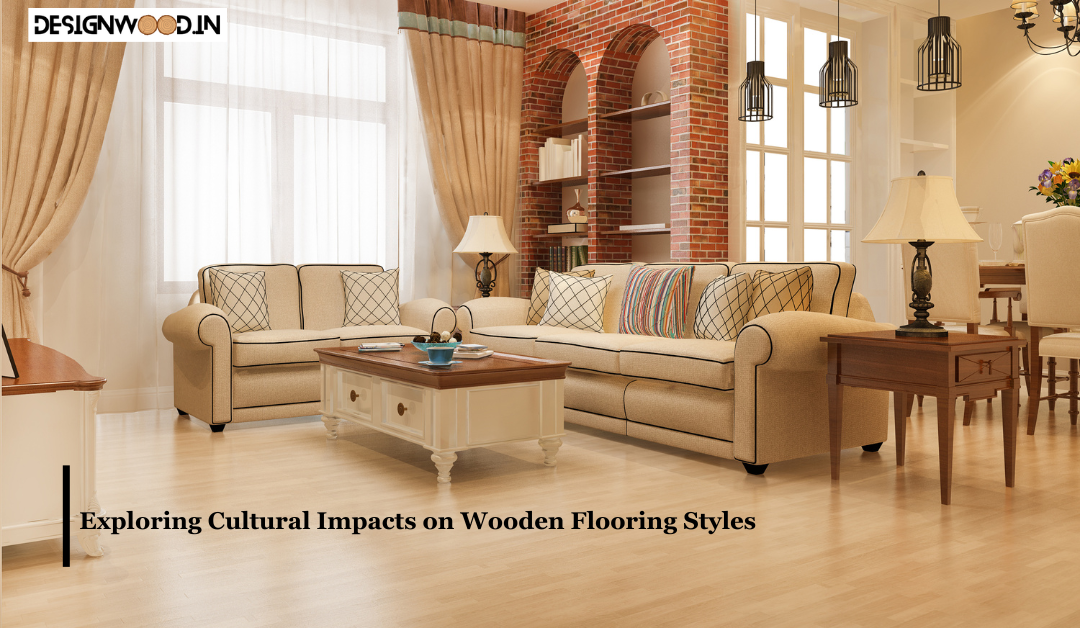Wooden flooring styles are not only influenced by local trends and preferences but also by cultural influences from around the world. Different cultures have distinct aesthetics, traditions, and craftsmanship techniques that shape the design and appearance of wooden floors. In this article, we’ll explore how global influences impact wooden flooring styles, creating diverse and unique design expressions.
European Elegance: Classic and Timeless
European countries such as France, Italy, and England have a rich history of craftsmanship and architectural elegance, which is reflected in their wooden flooring. Parquet patterns, intricate inlays, and wide-plank boards are common features of European wooden floors, evoking a sense of luxury, sophistication, and old-world charm. French herringbone, Italian marquetry, and English oak are iconic examples of European wooden flooring styles that continue to inspire designers and homeowners worldwide.
Scandinavian Simplicity: Minimalism and Natural Elements
Scandinavian countries like Sweden, Norway, and Denmark are known for their minimalist design aesthetic and appreciation for natural elements. Scandinavian wooden floors often feature light-colored wood species such as pine, birch, and ash, creating bright and airy interiors. The emphasis on simplicity, functionality, and connection to nature is evident in the clean lines, smooth finishes, and understated elegance of Scandinavian wooden flooring styles.
Asian Influence: Harmony and Balance
Asian cultures such as Japan, China, and India bring a sense of harmony and balance to wooden flooring styles. Traditional Japanese tatami mats, bamboo flooring, and Indian teakwood floors are examples of Asian wooden flooring styles that prioritize natural materials, craftsmanship, and cultural symbolism. The use of natural colors, textures, and patterns creates a serene and tranquil atmosphere, reflecting the principles of Zen philosophy and feng shui.
Global Fusion: Cross-Cultural Inspiration
In today’s interconnected world, wooden flooring styles are increasingly influenced by cross-cultural exchanges and global trends. Designers and homeowners draw inspiration from diverse cultures, blending elements from different traditions to create eclectic and personalized spaces. Moroccan-inspired patterns, African tribal motifs, and South American exotic woods are just a few examples of how global influences contribute to the richness and diversity of modern wooden flooring styles.
Conclusion
In conclusion, cultural influences from around the world play a significant role in shaping wooden flooring styles, creating a rich tapestry of design expressions that reflect the diversity and beauty of global heritage. Whether it’s the classic elegance of European parquet, the simplicity of Scandinavian minimalism, or the harmony of Asian aesthetics, wooden floors offer endless possibilities for creating spaces that resonate with cultural significance and personal meaning.





